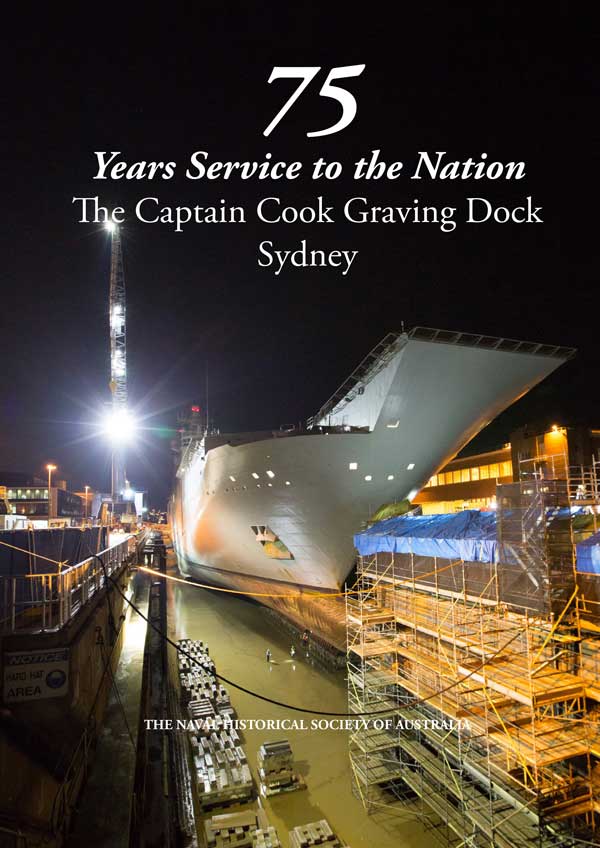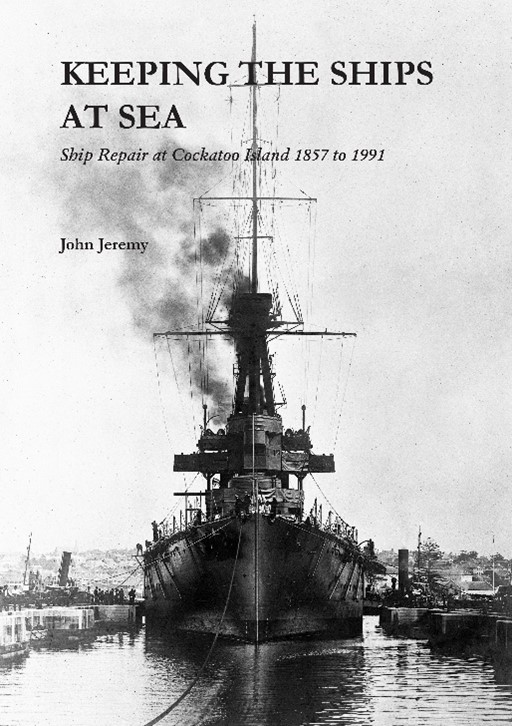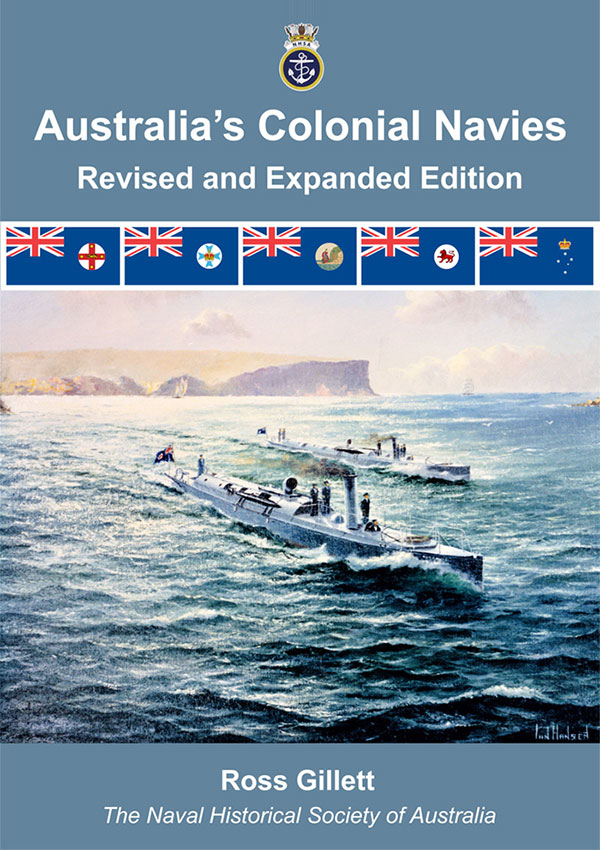Description
A major feature of this illustrated history are the visuals which virtually tell the story themselves. The quality and quantity of photographs taken during construction and since, combined with reproductions the war artists’ works are of the highest order. One photographic section depicts the four thousand strong work force. These images of different tradesman with their plant and machinery provides a sense of conditions at the bottom of the harbour. This was reality. The site of the dock was literally a section of Sydney Harbour, cordoned off, drained and reclaimed after the massive concrete dock was built.
Colour reproductions of works by war artists, William Dobell and Herbert McClintock in another section provides an important record of construction. These works are strong, dramatic and depict construction from the workers’ perspective, evoking an emotional response that casts a new light on the formality of the statistics. Dobell’s focuses on the little recognised members of the Civil Constructional Corps while McClintock addresses the grandeur of the structure.








